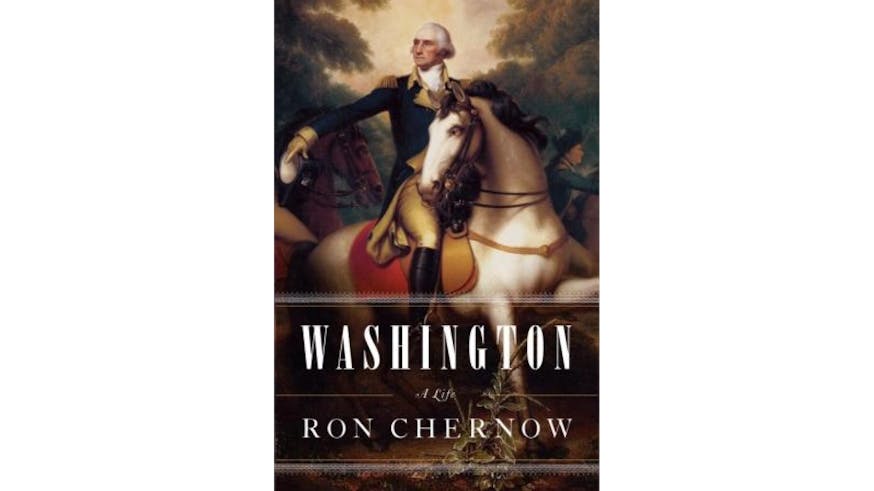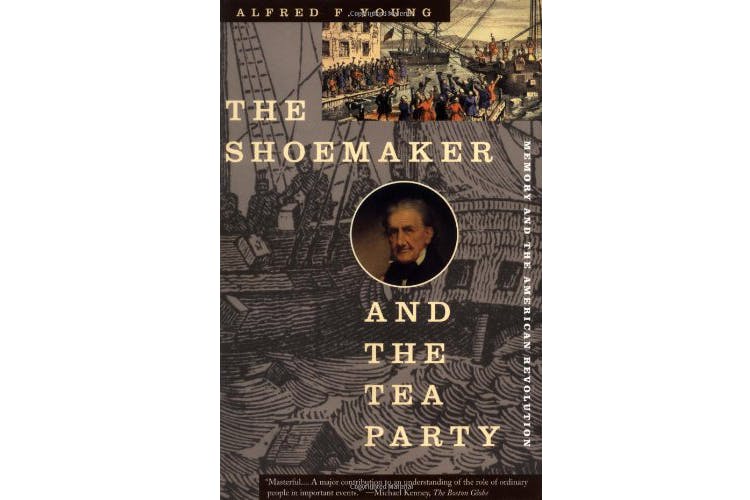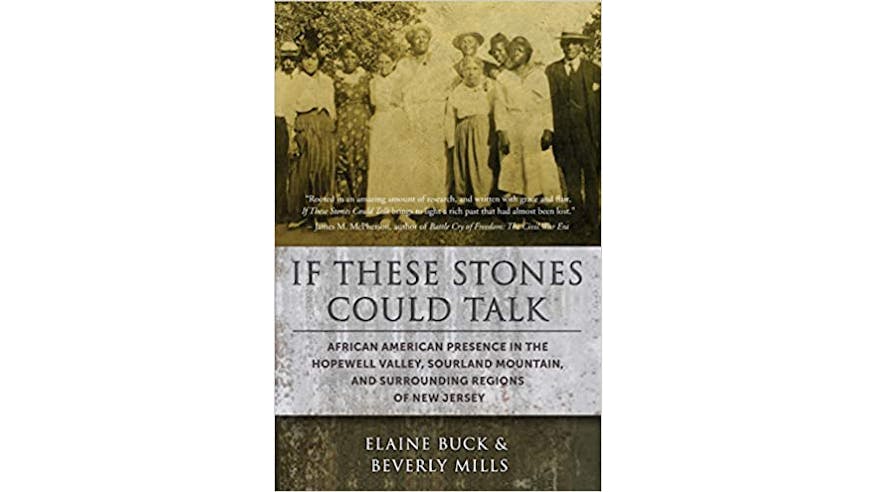Read the Revolution
Reading List: Read the Revolution 200th Edition Staff Picks
August 11, 2021
Purchase books from past Read the Revolution features, Museum author events, and more online and in the Museum Shop.
Today marks our 200th edition of Read the Revolution! To mark the occasion, we asked our staff members to tell us about their favorite book about the American Revolution. Their answers ranged from biographies to comic books! See which books they shared below, and don't hesitate to share your favorite with us @amrevmuseum on Facebook, Twitter, and Instagram.
American Revolutions | By Alan Taylor
Picked by: Hannah B., Manager of Special Programs
Why Hannah chose it: Professor Alan Taylor visited us from Charlottesville to present the inaugural Read the Revolution Speaker Series event about this new book in July 2017, celebrating the 100th anniversary of Read the Revolution digital edition! I couldn’t have imagined a more timely or thought-provoking way to have broken in our Liberty Hall event space!
Revolutionary Mothers | By Carol Berkin
Picked by: Linda D., Teacher Resource Developer
Why Linda chose it: The book delves into the role of women and their contributions to the war and describes the impact of women in the protest movement, on the home front, and even on the battlefield. It features many different groups of women — camp followers, general's wives, Loyalists, African Americans, and Native Americans. I love that it explores unknown stories of women on all sides.
Spies in the Continental Capital | By John Nagy
Picked by: Rebecca F., Family Programs Manager
Why Rebecca chose it: So often, most of the stories of spying and espionage we hear about are centered around the British headquarters in New York or the early work of intelligence in the city of Boston. Philadelphia, however, was the largest city in the colonies, home at various times to both the Continental Congress and British occupation and was a hot bed of intelligence activity. Mr. Nagy tells the stories of both these patriot and loyalist agents in Philadelphia with a narrative flair that is backed up by superb research.
Never Caught | By Erica Armstrong Dunbar
Picked by: Michael I., African American Interpretive Fellow
Why Michael chose it: It does an important job because it communicates the challenges enslaved people faced when deciding to run away. There was a myriad of dangers Ona Judge had to consider during her planning. To know that you are leaving the residence of one of the most important men in the world at the time of her departure is an incredibly powerful story of recapturing one's agency.
The Shoemaker and the Tea Party | By Alfred F. Young
Picked by: Dr. Aimee N., Director of Collections and Exhibitions
Why Aimee chose it: I like that it follows the story of a man who is not a “founding father,” allowing us to learn more about what living during the Revolutionary War-era was like for the majority of the population. As a Massachusetts native, I liked learning more about Boston history. And, I am always fascinated to read about how the memory of the Revolution changed and developed since the late 1700s.
Sign Up
Get biweekly Read the Revolution featured excerpts right to your inbox!
John Adams | By David McCullough
Picked by: Cindy N., Visitor Engagement Associate
Why Cindy chose it: Detailed and readable! McCullough is amazing in portraying John Adams, a wonderful way to learn about the Revolutionary era as well as Adams.
Sex Among the Rabble | By Clare A. Lyons
Picked by: Jessica P., Group Sales Associate
This completely changed my conception of the American Revolutionary Era, and the people who experienced it, when I read it in college. Lyons’ uses a wide variety of primary sources such as diaries, newspaper articles and public records to unearth and document an expansive pleasure culture among the “rabble” in late 18th century Philadelphia — and the post-Revolution/new Republican backlash against what began to be viewed as licentious behavior. Particularly, in regards to women’s right to express themselves sexually outside of the bounds of marriage. Pairs well with red wine, feminist rage and a copy of Revolutionary Backlash, by Rosemarie Zagarri.
Shazam and the Seven Magic Lands | By Geoff Johns and Dale Eaglesham
Picked by: Paige R., Donor Relations Manager
Why Paige chose it: I like this comic because they did such a great job accurately bringing the galleries to life in a new medium. It’s pretty cool to see a popular superhero depicted in “the office”, though I do cringe thinking about having to fix all the damage they leave behind! It’s also the first comic in the series, so you don’t even have to know anything about the story to pick it up.
If These Stones Could Talk | By Elaine Buck & Beverly Mills
Picked by: Bee R., Email Marketing Manager
Why Bee chose it: This book checks a lot of boxes I look for in a history book. It shines a spotlight on local, little-known history. It uplifts voices that have been silenced for too long. It acknowledges the innate relationship between people and places. (Plus, it talks about a historic cemetery, a particular personal interest of mine!) At the end of the day, this is a collection of long-overdue stories that are told with such care, passion, and empathy you can’t help but feel connected to the people who actually lived them.
A People's History of the American Revolution | By Ray Raphael
Picked by: Kevin R., Digital Content Manager
Why Kevin chose it: Viewing history — whether contemporary or times long gone — through the lens of an era's most powerful people is all too often fraught in mythology and after-the-fact justifications, which undermines the humanity and collective efforts of the many everyday people. This book does a phenomenal job resetting the narrative of this complex Revolutionary era by using diaries, letters, and primary source documents to show the stark, nuanced reality faced by the ordinary folks whose names so often get lost to time and the power they wielded when standing united.
Washington: A Life | By Ron Chernow
Picked by: Mike W., Visitor Engagement Associate
Why Mike chose it: It offers profound insights into a complex man who became "the father of our country." Washington is a difficult man to know because he was so careful about his reputation. Chernow is able to present a very human side of Washington, whose energy and passions belie his stern image.
Read the Revolution is sponsored by The Haverford Trust Company.
Read the Revolution is published biweekly by the Museum of the American Revolution to inspire learning about the history of the American Revolution and its ongoing relevance.
Tags
Learn More

Washington: A Life

The Shoemaker and the Tea Party

